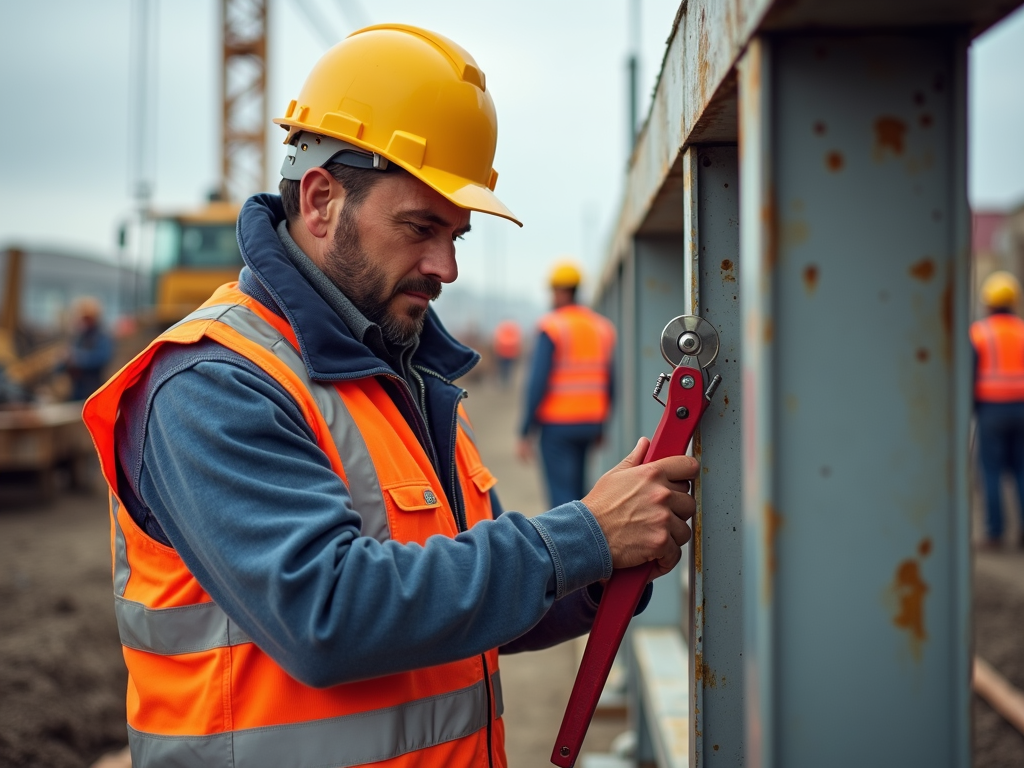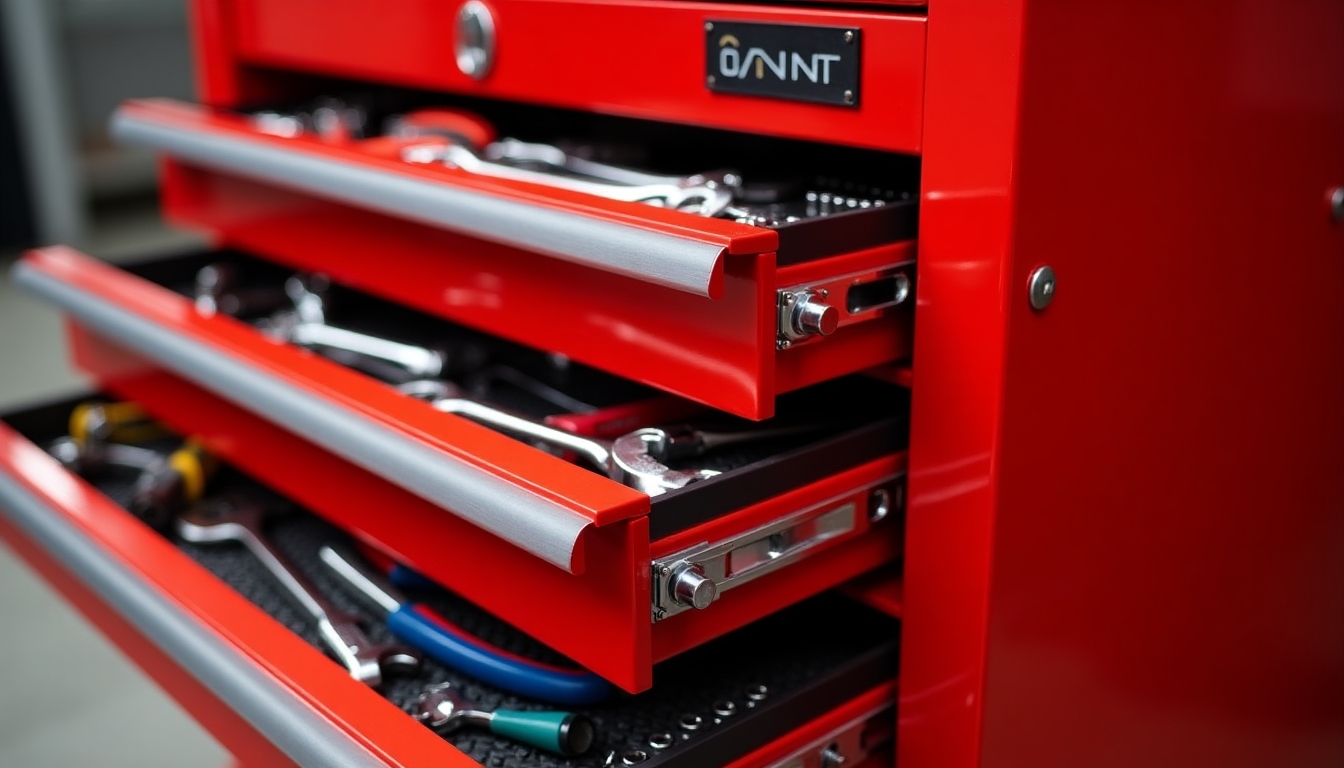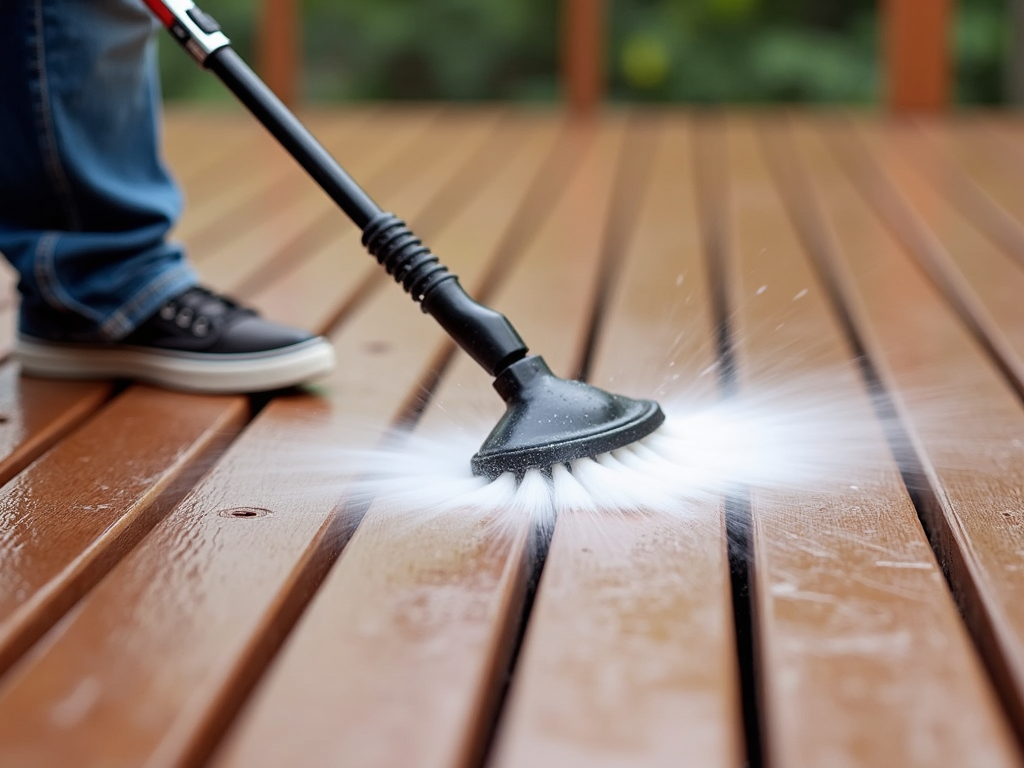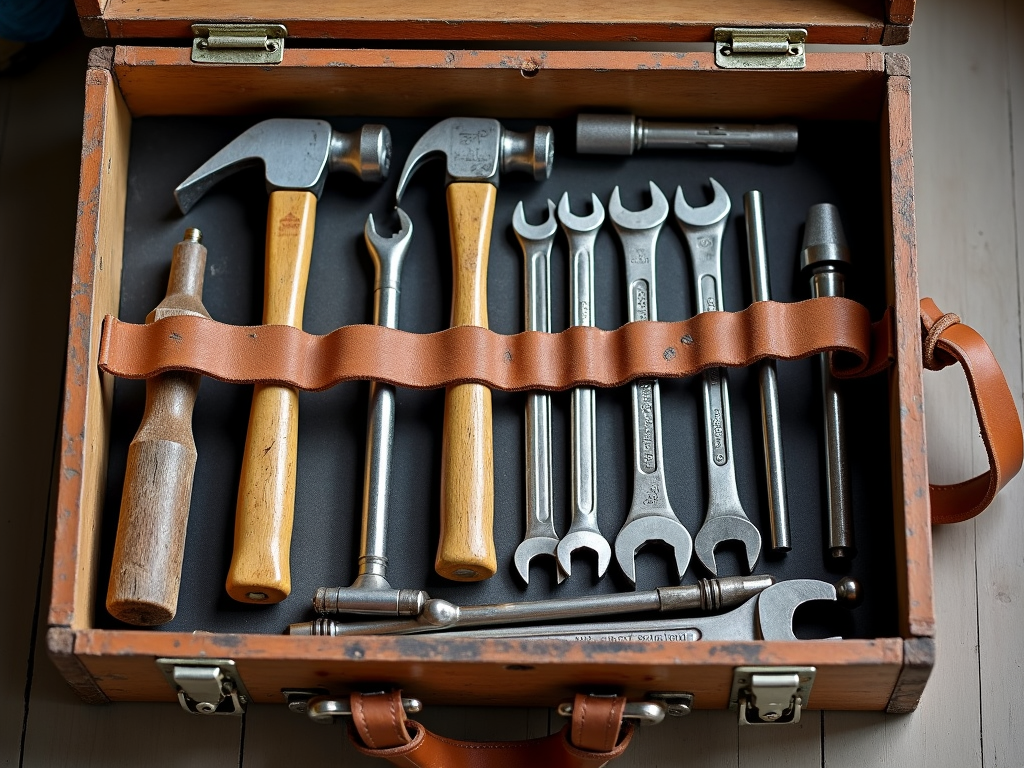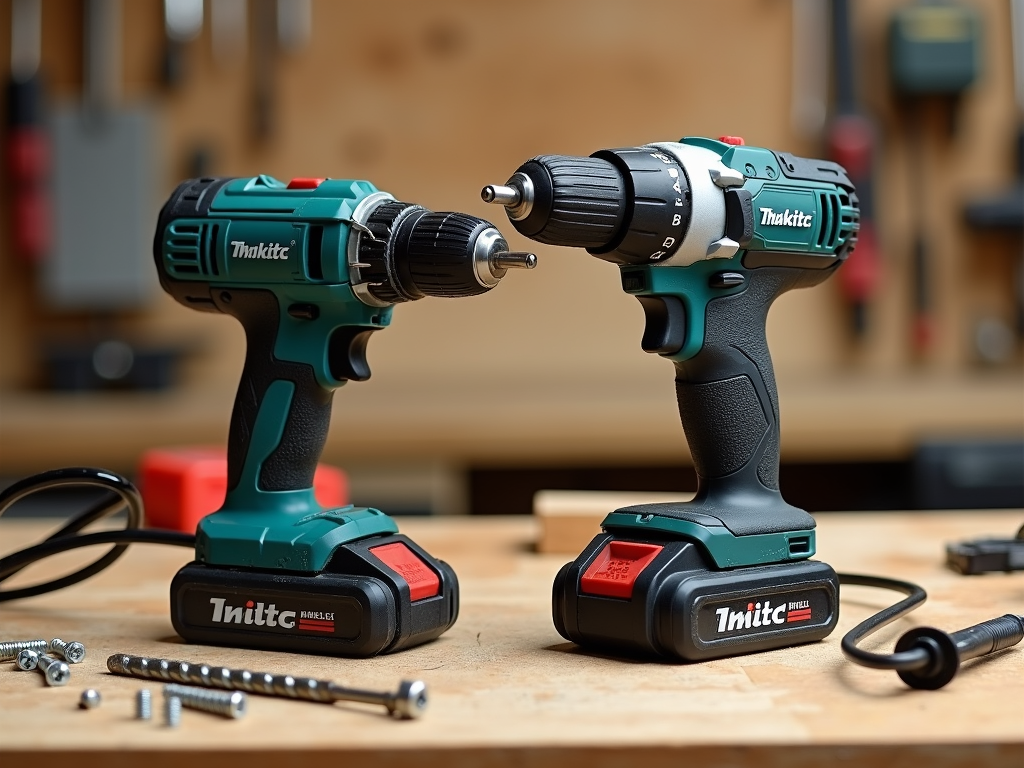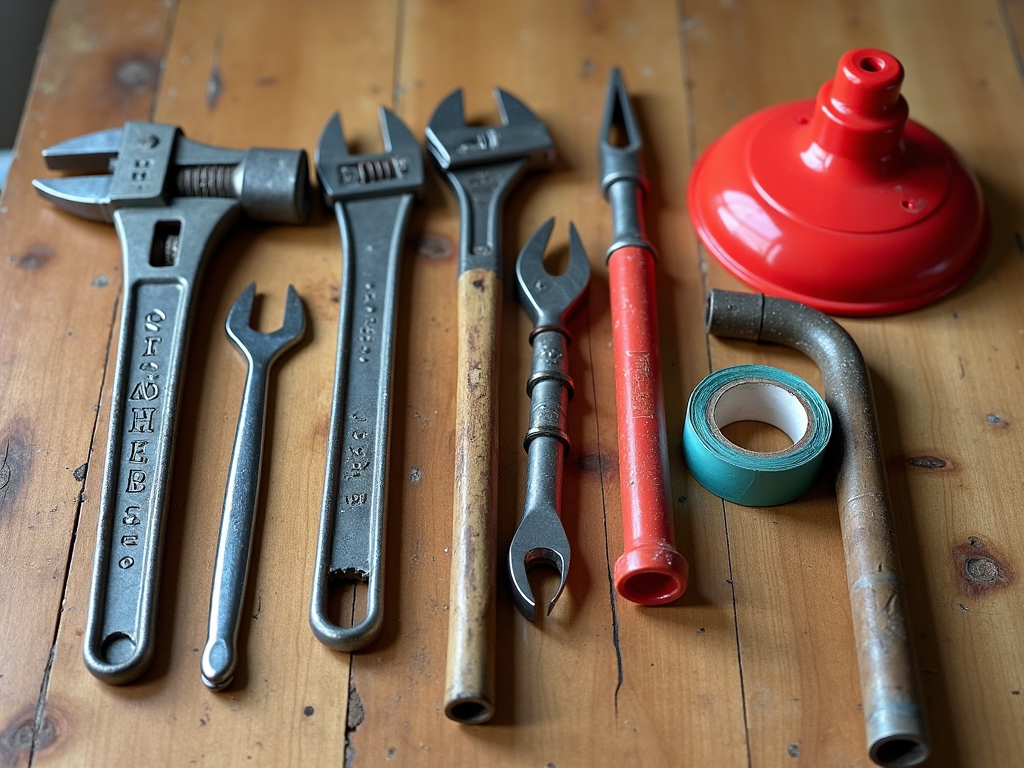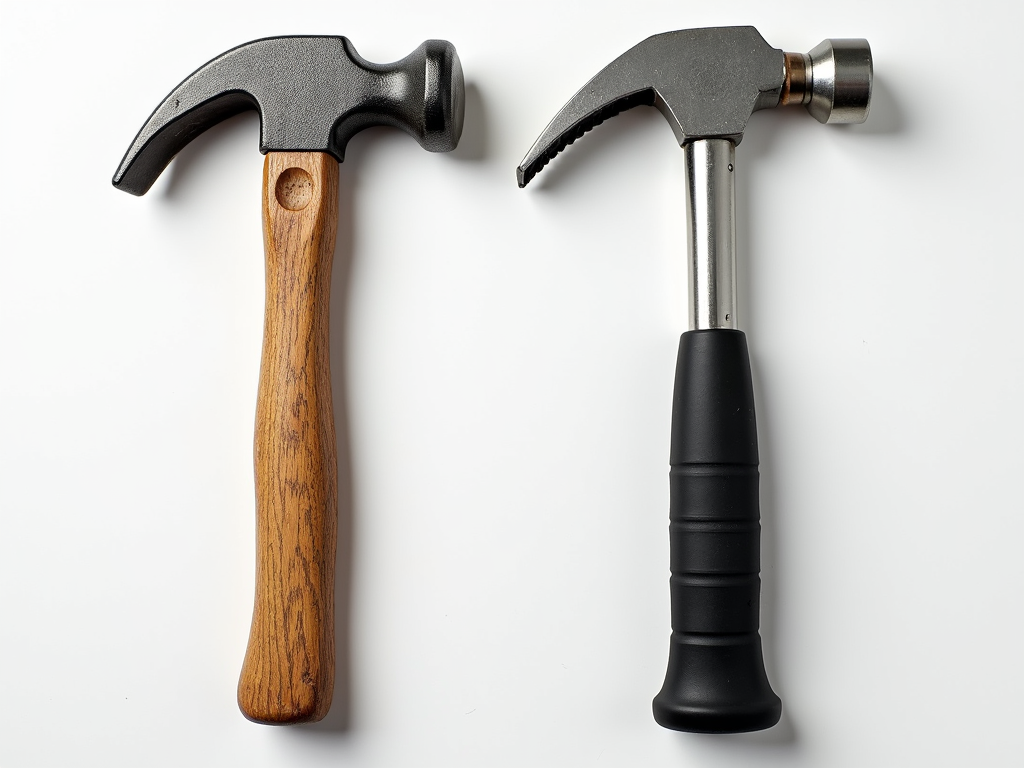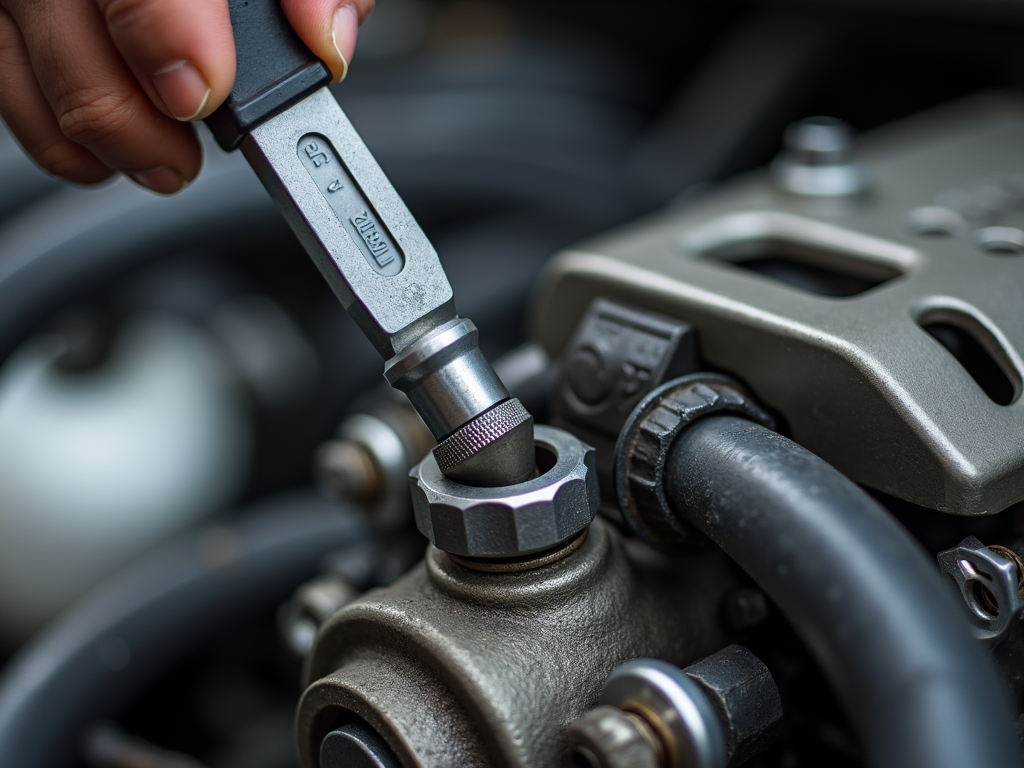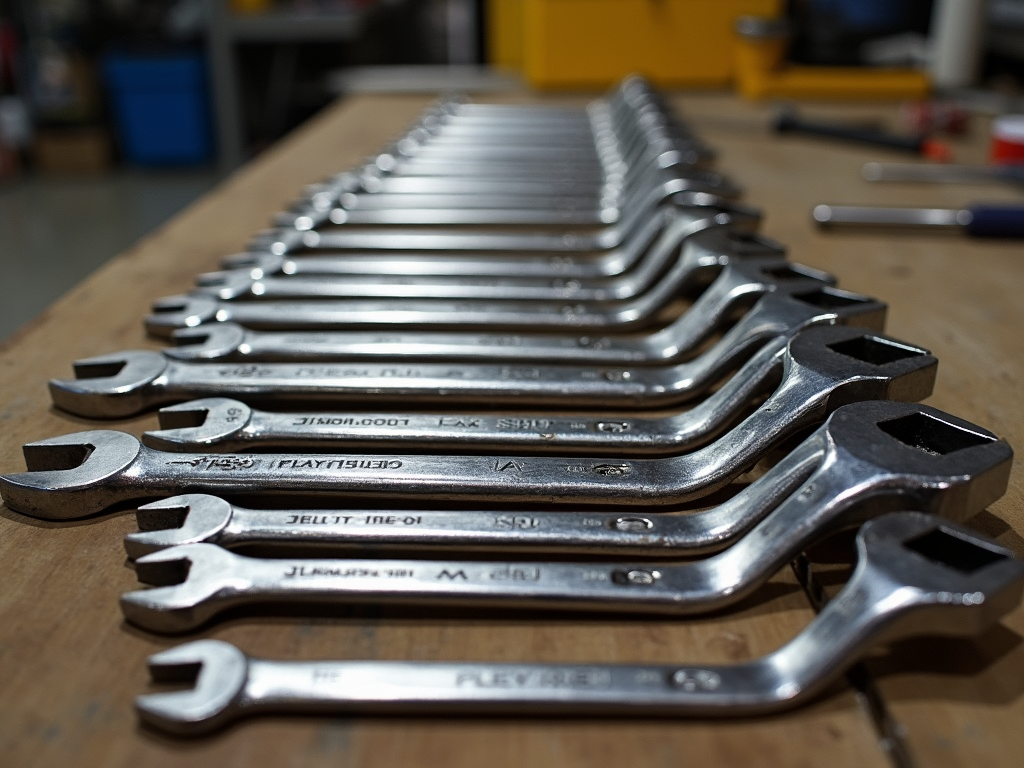Construction workers face risks every day, from falling debris to loud machinery. Safety gear is their first line of defense. This guide explores why safety gear matters, the types available, how to choose what’s best, and how to care for it—keeping workers safe and productive.
Why Safety Gear Matters
Construction sites are busy places. Heavy tools like wrenches and workman tools are everywhere, and accidents can happen fast. Safety gear protects workers from harm. A hard hat can stop a falling brick from causing a serious injury. Safety glasses can keep dust or sparks out of your eyes. It’s not just about following rules—it’s about staying alive and healthy.
Think about it: a worker using one of the best wrench sets for construction workers might focus on tightening bolts. Without a hard hat, a loose piece of metal dropping from above could ruin their day—or worse. Safety gear gives peace of mind so workers can focus on their tasks.
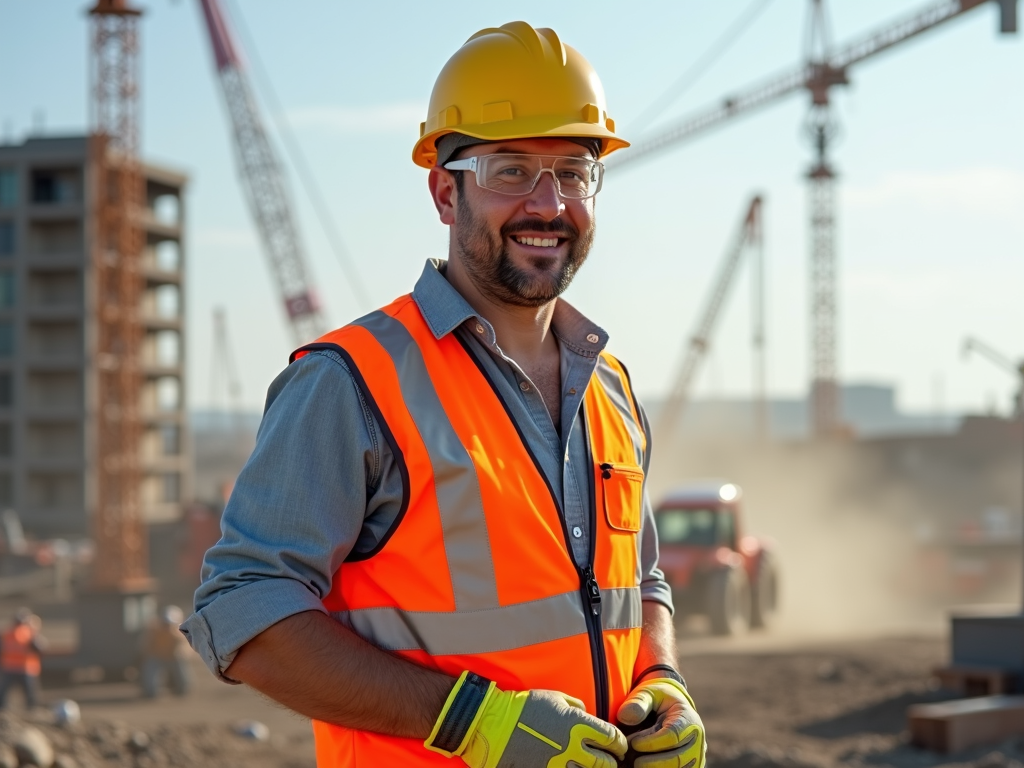
Types of Safety Gear You Need
Here’s a rundown of the must-have safety gear for construction workers:
- Hard Hats: Block falling objects and head bumps.
- Safety Glasses: Protect eyes from flying bits or chemicals.
- High-Visibility Vests: Make sure drivers and machine operators spot you.
- Gloves: Guard hands from cuts, burns, or rough surfaces.
- Steel-Toed Boots: Save toes from heavy drops or sharp nails.
- Earplugs or Earmuffs: Cut down noise from drills and saws.
- Masks or Respirators: Filter out dust and fumes.
Each item has a job to do. For example, gloves are key when handling wrenches or other workman tools with sharp edges. Pick gear based on what you’ll face that day—whether it’s loud noise or heavy lifting.
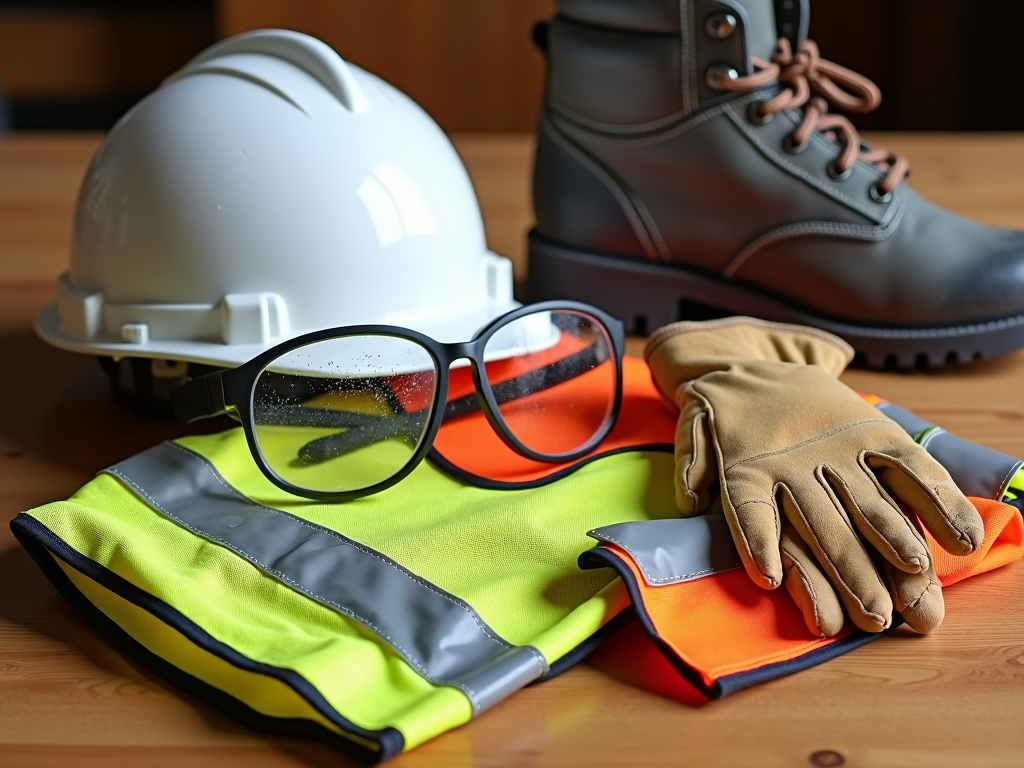
How to Choose the Right Safety Gear
Picking safety gear isn’t a one-size-fits-all deal. Start by looking at your site. Are there overhead cranes? You’ll need a hard hat. Dusty air? Grab a mask. Here’s a simple checklist:
1. Spot the Risks: Walk the site and note dangers.
2. Know the Rules: Check local safety laws.
3. Fit is Key: Gear should feel good all day.
4. Go for Quality: Cheap stuff wears out fast.
5. Learn to Use It: Training makes a difference.
Comfort matters too. A hard hat that’s too tight gives you a headache. Boots that pinch slow you down. Good gear lets you work without fuss—like choosing the best wrench sets for construction workers that feel right in your hand.

Using and Caring for Your Gear
Safety gear only works if you use it right. Before you start, check it over. A cracked hard hat won’t save you. Dirty safety glasses blur your view. Here’s how to keep it ready:
- Look It Over: Spot tears or cracks daily.
- Clean It Up: Wipe off dust and sweat.
- Store It Smart: Keep it dry and out of the sun.
- Swap It Out: Replace anything worn or broken.
Take care of it like you do your workman tools. A rusty wrench doesn’t turn bolts well, and a beat-up mask won’t filter air. Small habits—like hanging your hard hat instead of tossing it in the truck—keep it working longer.
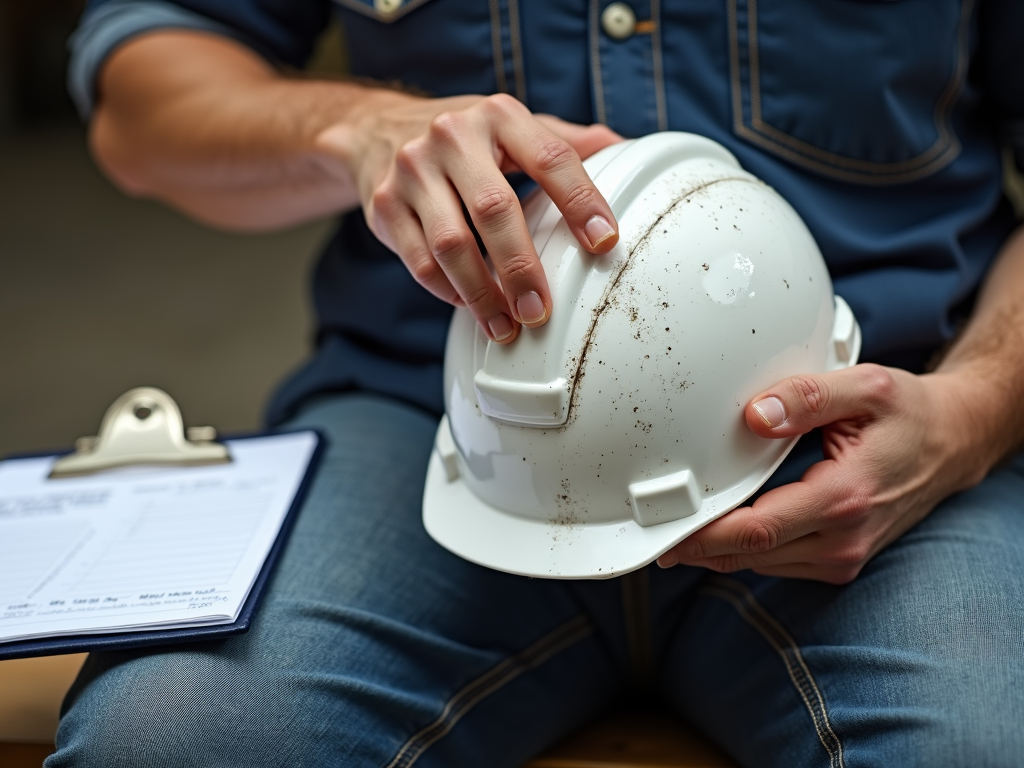
Real Stories Make It Clear
Imagine a worker I’ll call Mike. He’s tightening pipes with a wrench when a chunk of concrete falls from a scaffold. His hard hat takes the hit, and he walks away with just a sore neck. Without it? He might not be walking at all. Stories like that show why gear isn’t optional.
Or take Sarah, who skipped earplugs because they felt weird. After months near a jackhammer, her hearing started fading. Now she tells everyone: don’t mess around—use the gear. These lessons stick because they’re real.

Tips to Make It Work for You
Here’s some practical advice:
- Layer Up: Wear a vest over a jacket in winter.
- Test It Out: Walk around in new boots before a long shift.
- Speak Up: If gear feels off, tell your boss.
- Keep Spares: A backup pair of gloves can save a day.
Good gear fits into your routine. Like picking the right wrench for a bolt, the right safety gear makes your job easier, not harder. It’s about working smart and staying safe.
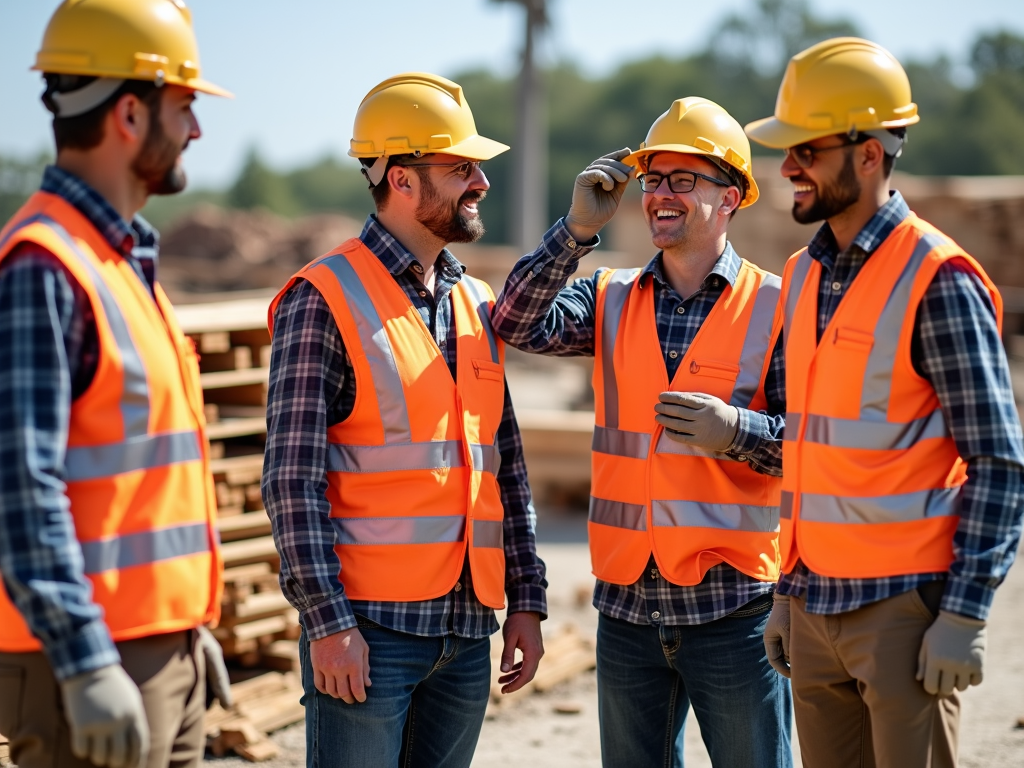
Wrapping It Up
Safety gear is non-negotiable on a construction site. It shields workers from daily risks, letting them focus on their craft—whether swinging hammers or turning wrenches. Choose quality gear, wear it right, and keep it in good shape. That way, you’re ready for anything the job throws at you.
Related Safety Gear for Construction Workers: A Comprehensive Guide:
- Best Wrench Sets for Construction Workers: Top Picks for 2023
- Tips and Tricks for Organizing Your Garage Tools
- Safety Gear Essentials for DIYers: Protect Yourself While You Work
- Maximizing Productivity with Ergonomic Tools
- 5 DIY Storage Ideas for Small Spaces: Organize Your Painting Tools Like a Pro
- Effective Cleaning Tips with Power Washers: A Comprehensive Guide
- How to Maintain Your Tools for Longevity: A Guide for Beginners
- How to Choose the Right Power Drill for Your Projects: A Comprehensive Guide
- A Beginner's Guide to Plumbing Installation Techniques
- Innovations in Workman Tools Enhancing Comfort
- Essential Workman Tools for Automotive Repairs
- Top 10 Hand Tools Every Mechanic Needs
